THE CATHEDRAL PROJECT
English Anglican Cathedral Timeline
Building the Cathedral Timeline
The Timeline is arranged in the order in which the Diocese, of which the Cathedral is the seat of its Bishop, was formed.
The Church of England has 42 Cathedrals. Westminster Abbey is a Royal Peculiar whose governance is now outside its original Diocese, hence 43 Cathedrals in the Timeline. This system of ecclesiastic authority was inherited from the Catholic Church at the time of the Protestant Reformation in 1534 when there were seventeen Dioceses. Henry VIII promptly added six more. The numbers stayed static until the 19th century when eight more were added, mainly in response to the growing population in the northern industrial cities; another twelve followed in the early part of the 20th century.
In creating a timeline for the blog, we considered arranging it according to when construction began on the current building. But that arrangement gives a skewed and truncated perspective on how Christianity developed in England. All of the current Cathedral buildings were built after the Norman Conquest in 1066; construction took several centuries in many cases. Sadly, next to nothing of the previous Anglo-Saxon structures survive—the Normans were very determined to put their stamp on their conquered territory.
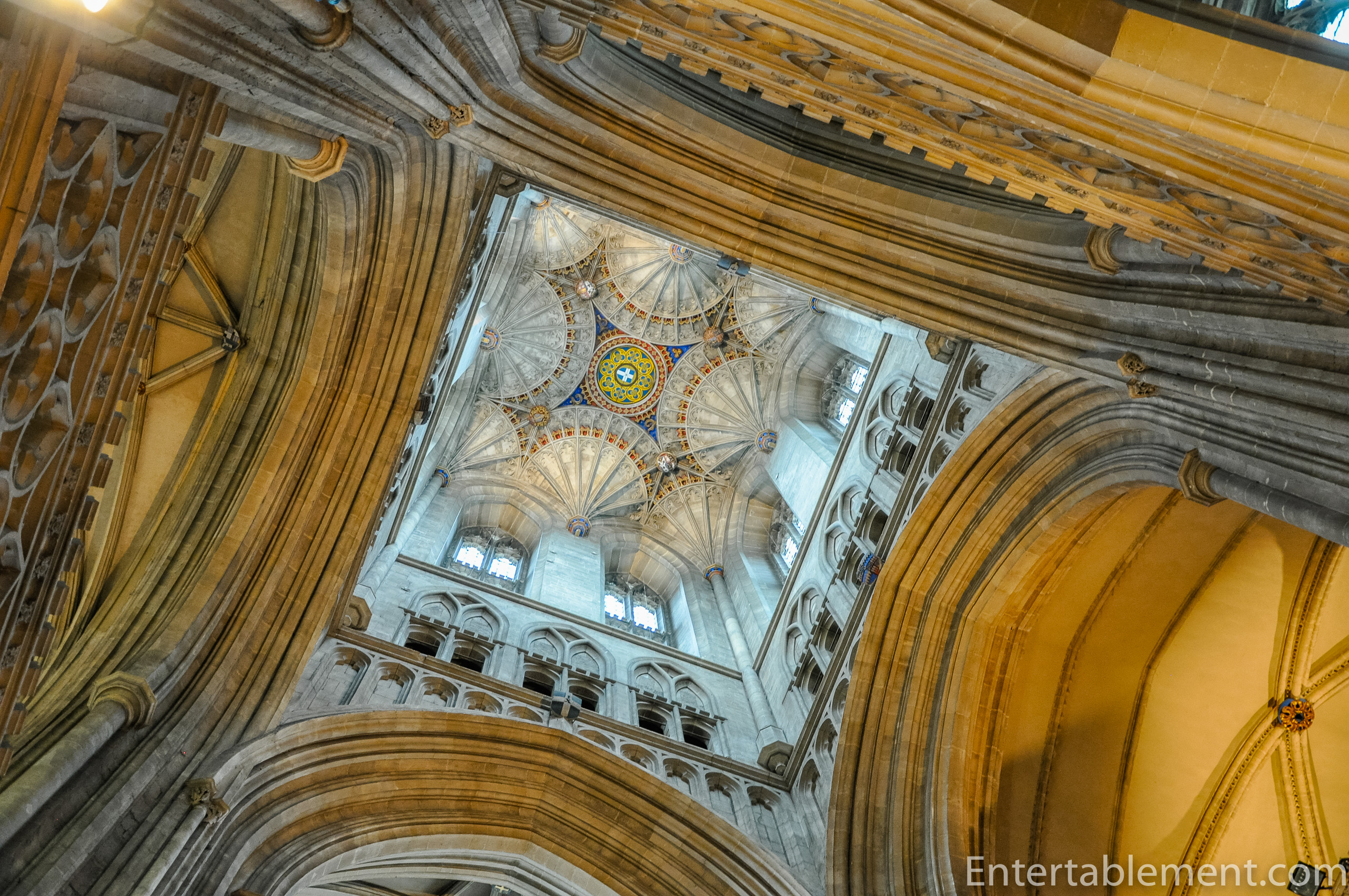
Canterbury Cathedral
Canterbury Cathedral is magnificent in and of itself. Still, it’s probably most famous for being the site of the murder of Thomas Becket, the Archbishop who repeatedly butted heads with King Henry II (husband of Eleanor of Aquitaine, a pretty powerful woman in her own right) over whether or not the Church was above the law of the land.
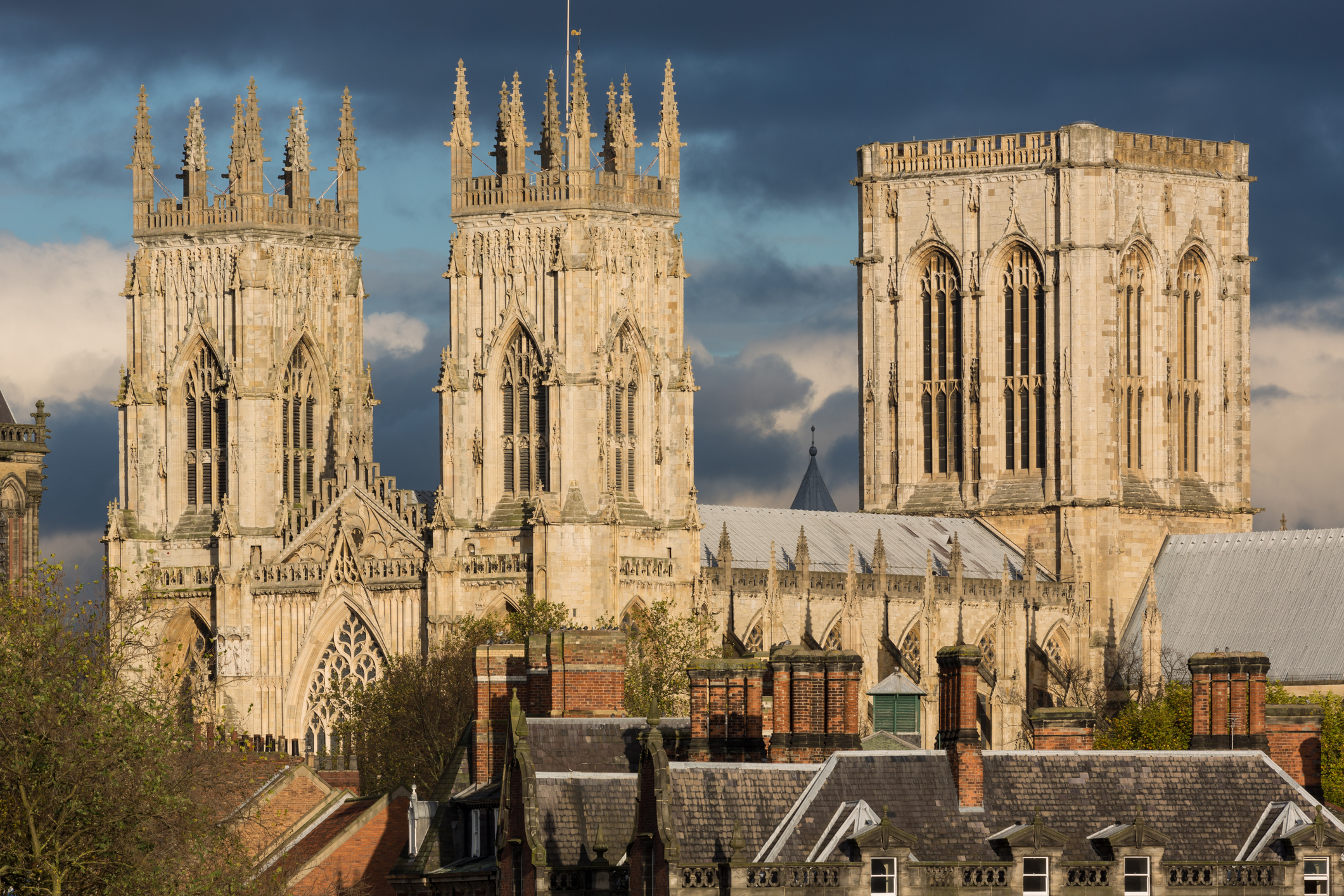
York Minster
While York Minster is architecturally stunning, it has also always been politically noteworthy. In 1042, its Archbishop Eldread Edward the Confessor was succeeded by Harold Godwinson in 1066. Later that same year, Eldread was called to Westminster Abbey to crown William the Conqueror.
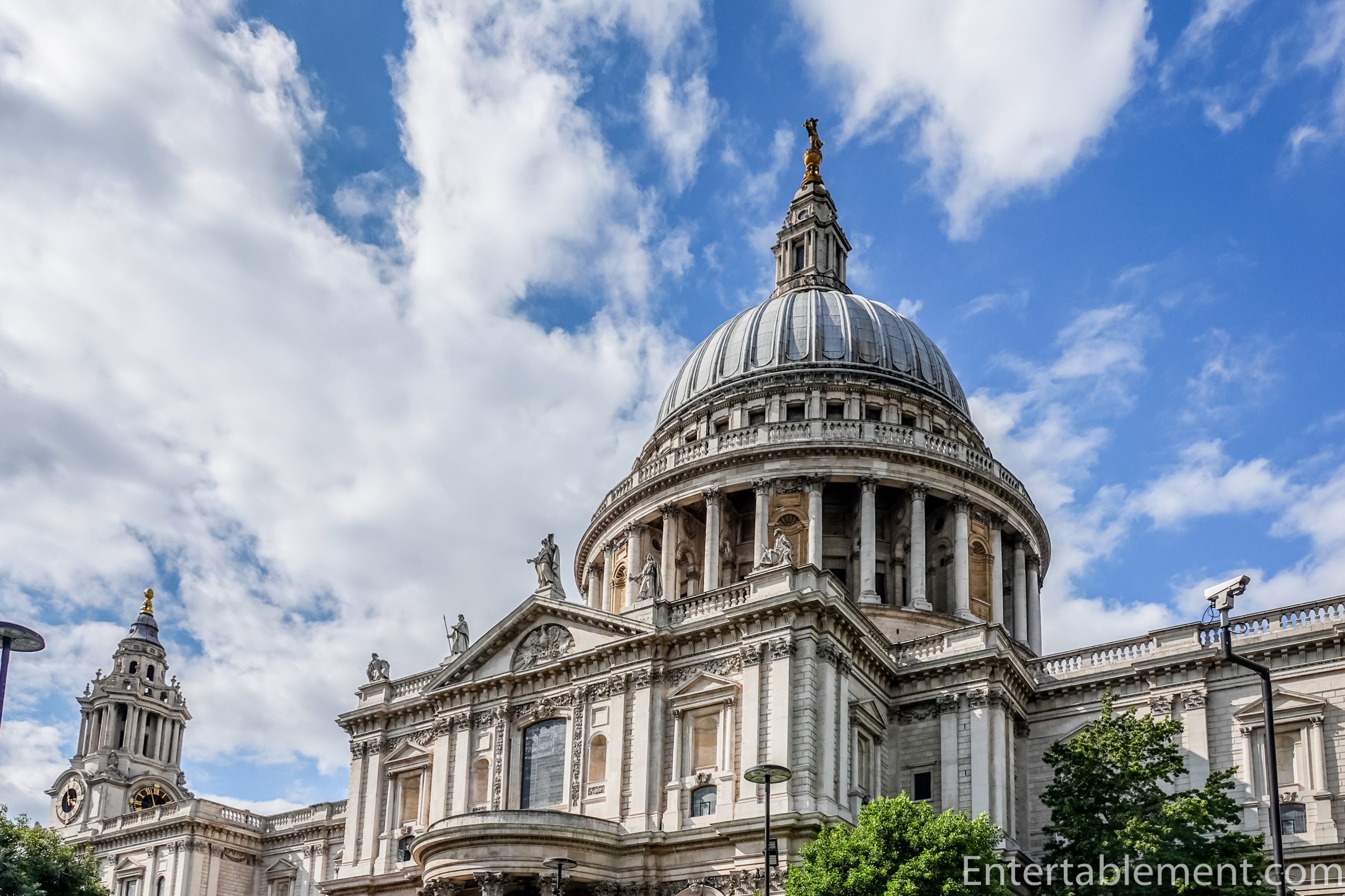
St. Paul's Cathedral
In 313 AD, Roman Emperor Constantine issued the Edict of Milan, accepting Christianity, and ten years later, it became the Roman Empire’s official religion. A short time later, Londinium, or London as we know it today, had its first Cathedral, over which Bishop Restititus presided.
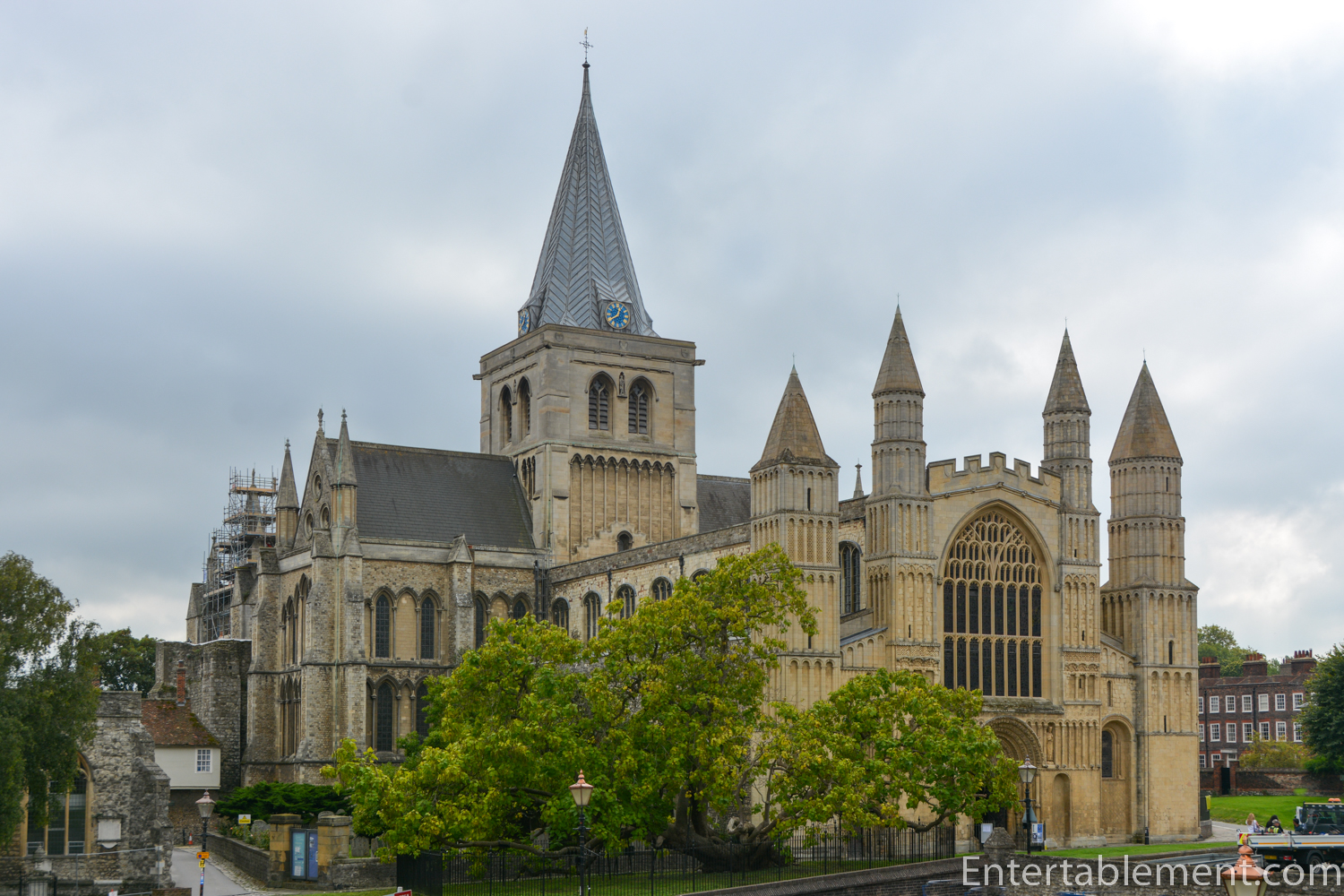
Rochester Cathedral
Founded in 604 by Justus, the Bishop of Rochester, St Augustine’s first bishop, Rochester Cathedral had the dubious distinction (along with Carlisle and Chichester) of being an “impoverished see”—making it an unpopular appointment within the church, as it came without land or other revenue to sustain it.

Winchester Cathedral
Before Westminster Abbey, Winchester was the big noise for coronations and royal burials—Winchester was the capital of Saxon England and the seat of power. By the time William the Conqueror arrived in 1066, Winchester was the burial site for 17 kings.
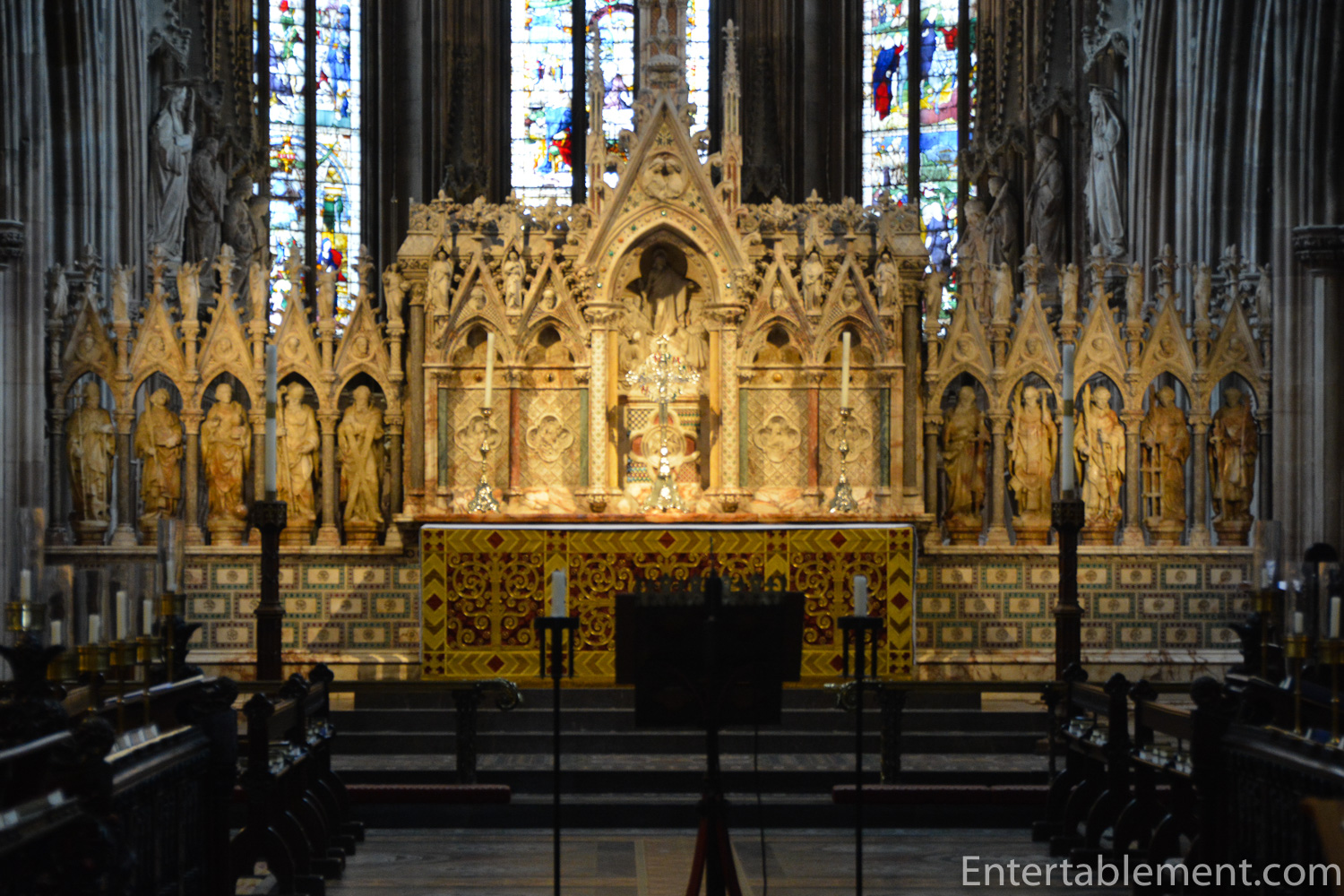
Lichfield Cathedral
There has been a place of worship on the site since 700 AD. The current gothic Cathedral was begun in 1195, the Choir in 1200, the Transepts between 1220 to 1240 and the Nave was started in 1260. Last to be built was the Lady Chapel in the 1330s. The ornate metal choir screen is relatively modern, from the Victorian period.

Hereford Cathedral
On this most poignant of Remembrance days, the centenary of Armistice Day of WWI, let’s have a look at the display of ceramic poppies which has been making its way around the UK since August 2014.
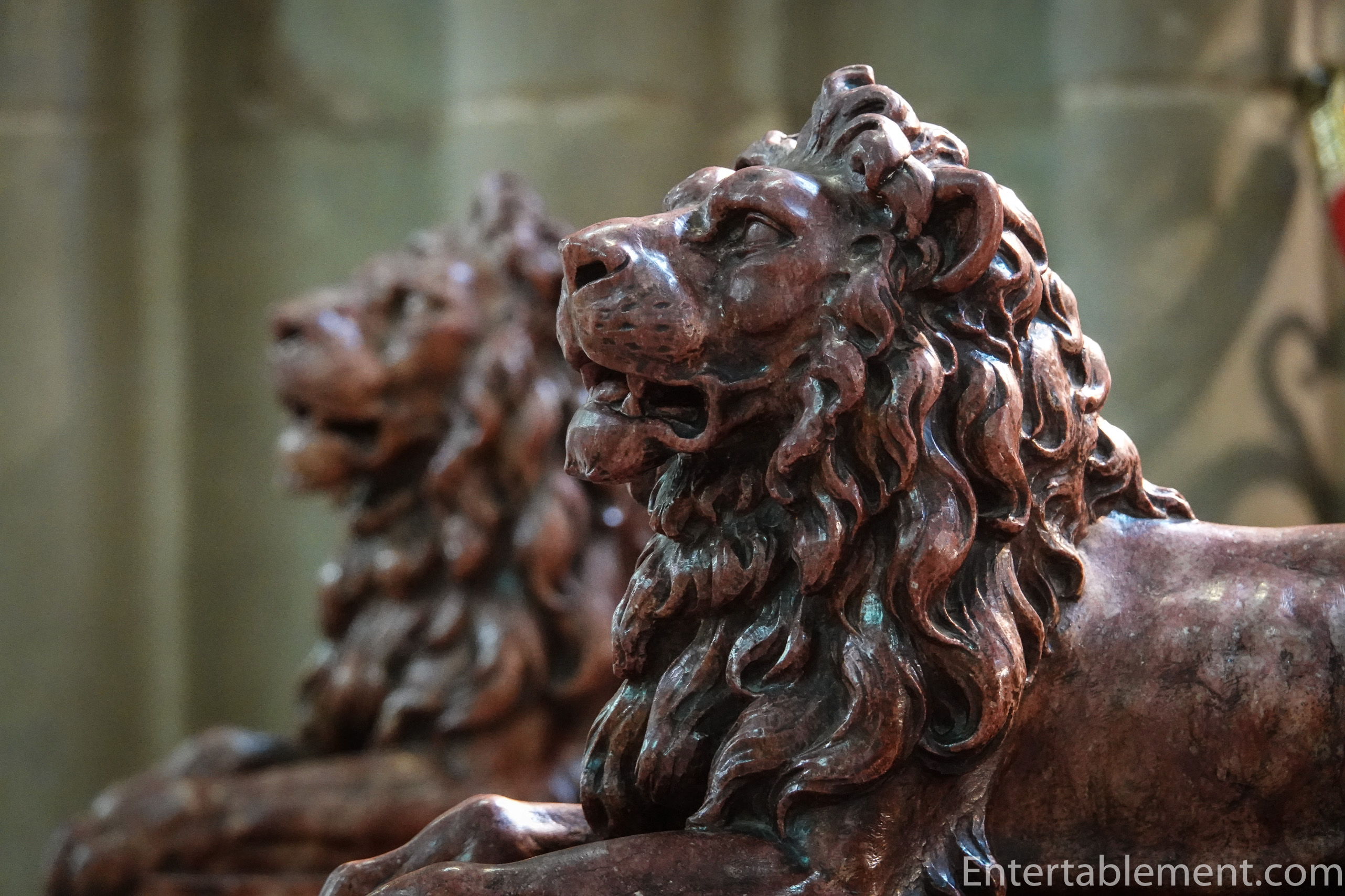
Worcester Cathedral
Worcester Cathedral, more formally known as The Cathedral Church of Christ and the Blessed Mary the Virgin of Worcester, has a very warm and engaging feel to it, possibly because it’s a hodgepodge of every type of English architecture from Norman to Perpendicular Gothic, likely the result of the long period of time over which it was constructed, from 1084 to 1504.
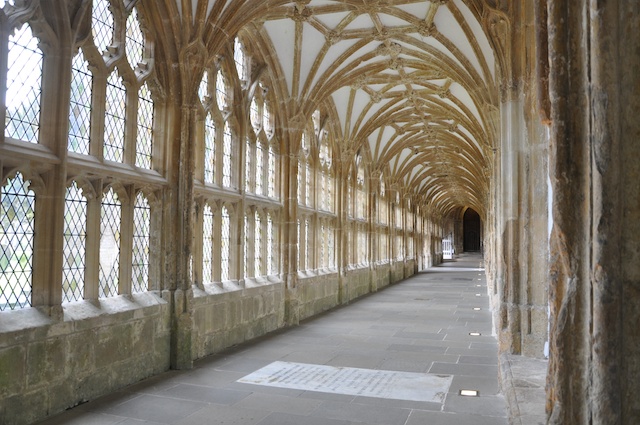
Wells Cathedral
The current cathedral was begun about 1175 on a new site to the north of the old minster church, built around 700 AD. Wells was the first English cathedral to be built entirely in the new Gothic style, brought from France by Bishop Reginald de Bohun.
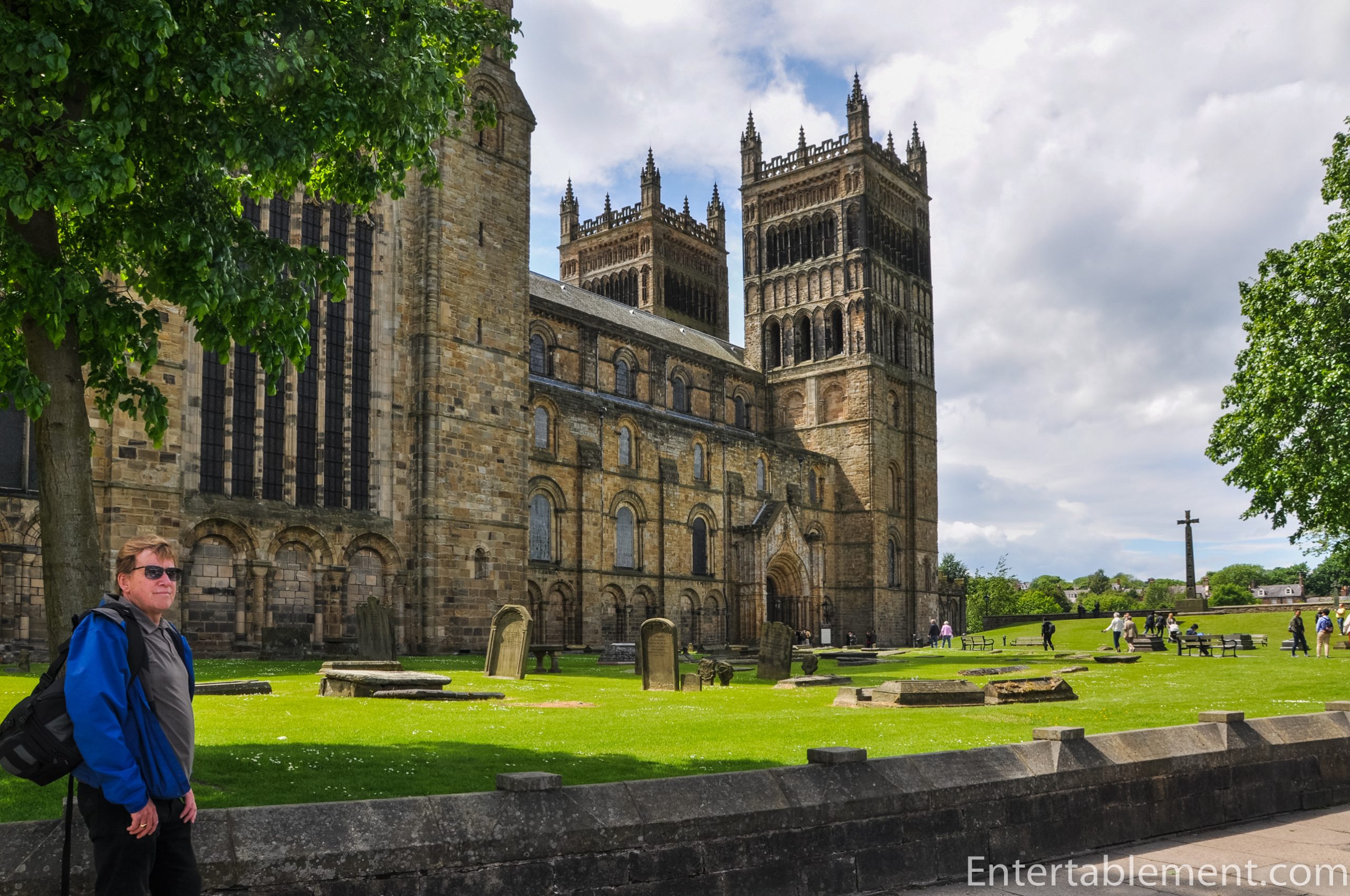
Durham Cathedral
The present Cathedral was begun in 1093 and is unapologetically Norman, with its square towers and solid appearance. Perched on a rocky peninsula, the Cathedral served partly as a fortification against the Scots to the north, but also the newly defeated Saxons, who had previously built a cathedral on the site to house the relics of St. Cuthbert, transported in 995 from the Holy Island of Lindisfarne, one of the Farne Islands.

Exeter Cathedral
Exeter is a scrumptious frothy wedding cake of a cathedral with the longest continuous vault in Europe. While it retains its sturdy Norman towers, the majority of what we see today is of the exuberant Decorated gothic design and was completed around 1400.

Lincoln Cathedral
In 1307, Lincoln Cathedral’s central tower spire was the tallest manmade structure in the world. At a soaring 525 feet, it was higher than the great pyramid at Giza. Unfortunately, a gale brought it down to earth in 1549. But I’m getting ahead of myself. So let’s begin at the beginning.
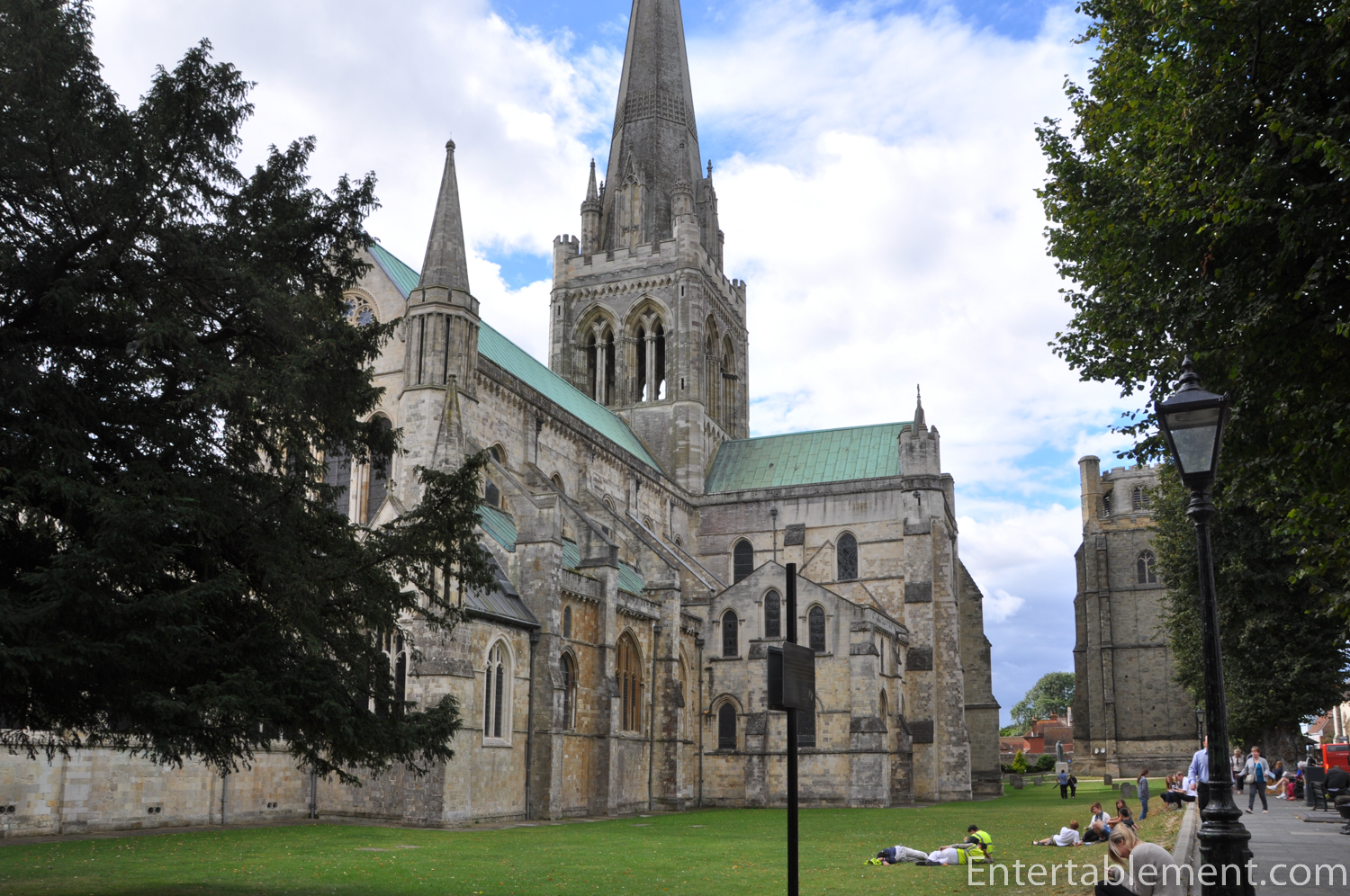
Chichester Cathedral
If Exeter Cathedral is a sumptuous white wedding gown, Chichester Cathedral is a grey morning suit with a particularly vibrant waistcoat.

Salisbury Cathedral
Salisbury Cathedral, also known as New Sarum, is blessed with several unique attributes. First is its architectural consistency. Barring the tower and spire, it was constructed all in one go between 1220 and 1258, a mere 38 years, in a mature Early Gothic style.

Norwich Cathedral
Norwich Cathedral embodies the single-minded ambition of its first bishop, Herbert de Losinga. A controversial figure, our Herbert. He secured his position through bribery and displayed equal contempt for Norwich’s local citizenry, dispossessing and demolishing about a third of the Anglo-Danish town to build the Cathedral and its close.
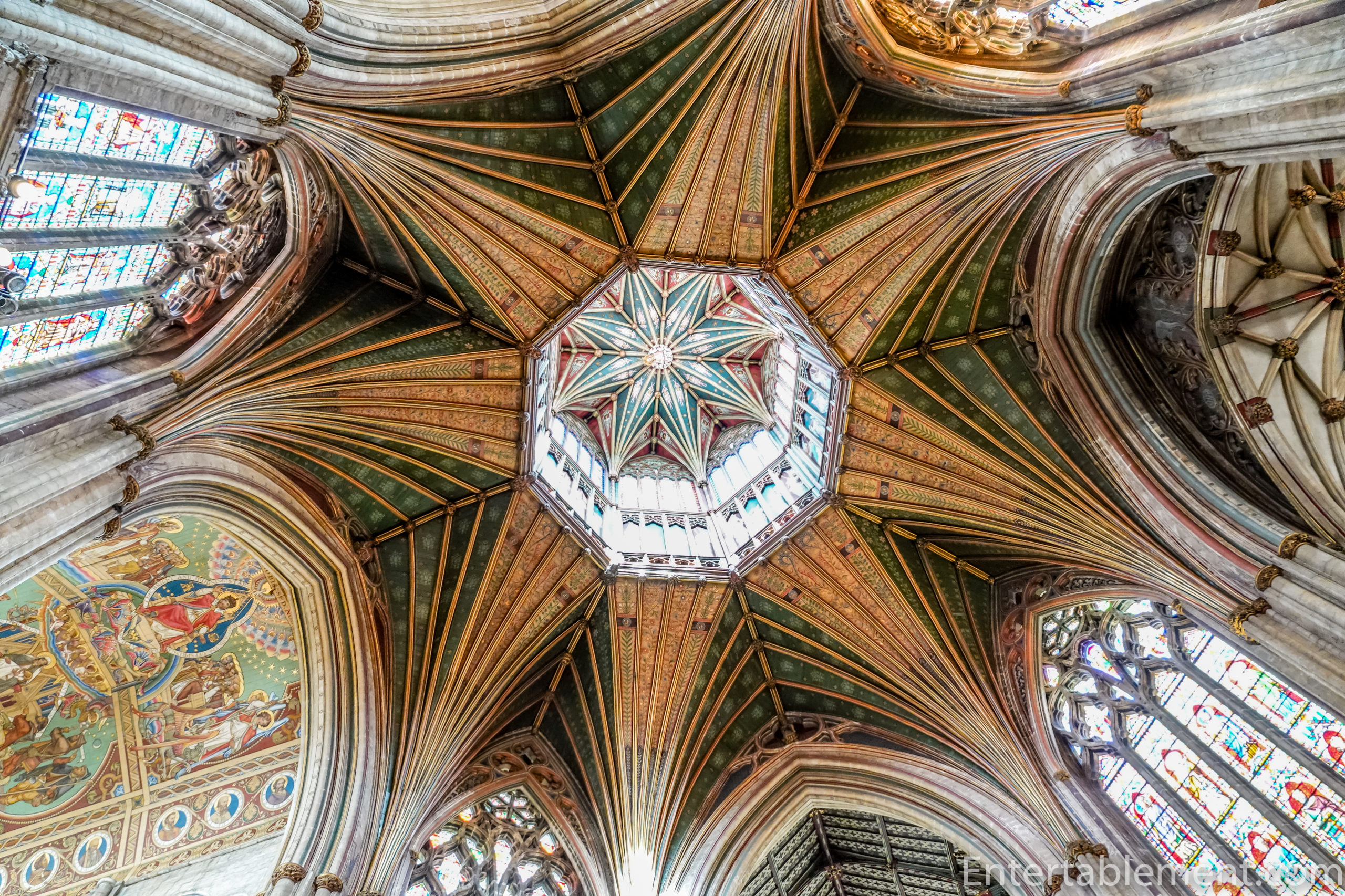
Ely Cathedral
As cathedrals go, Ely Cathedral is one of the biggies. Literally, at 537 ft long, but also because of its story, which began in 672.
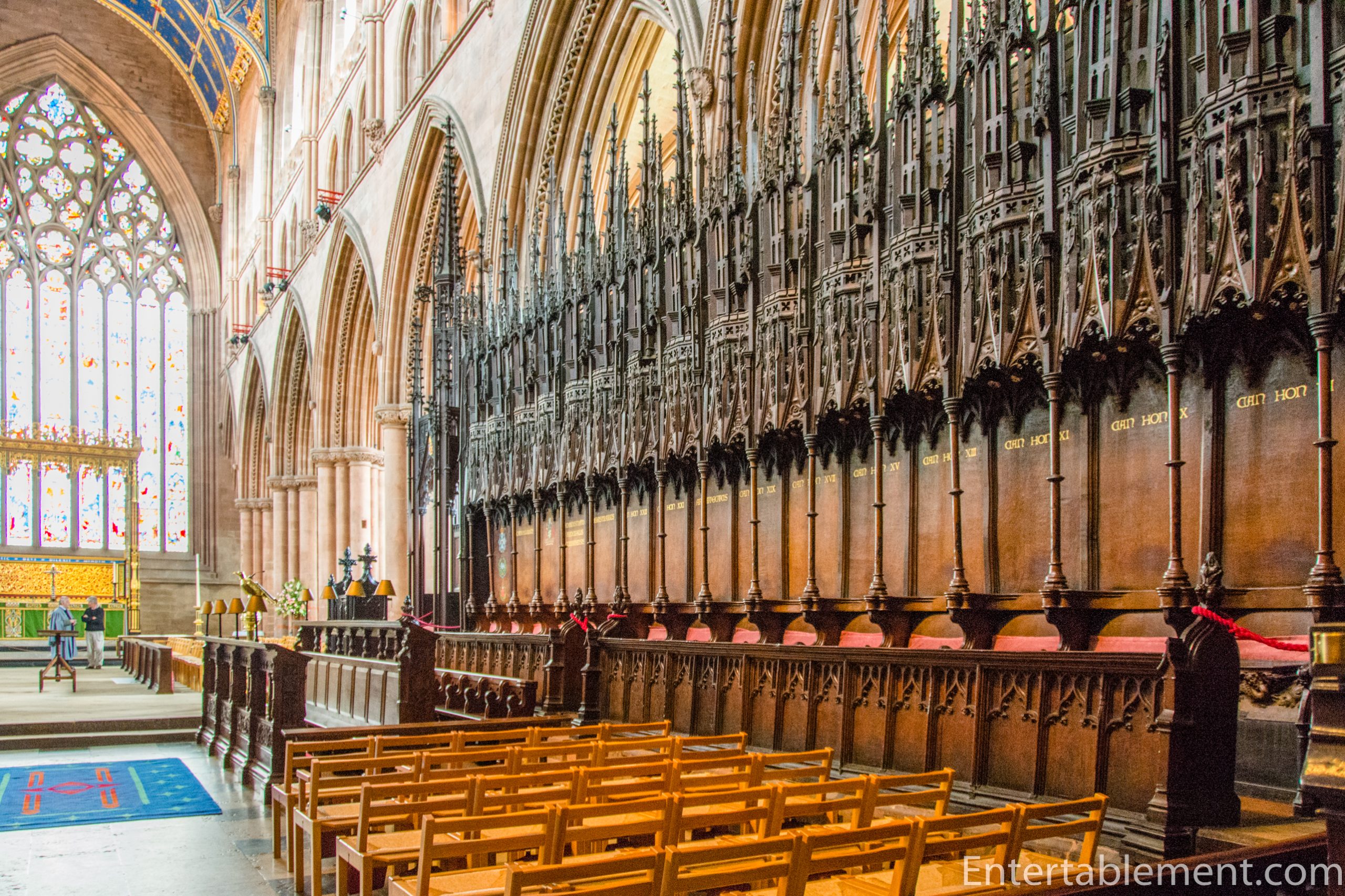
Carlisle Cathedral
The diminutive Carlisle Cathedral is the most northerly of the medieval cathedrals and larger than only Derby Cathedral, the smallest.

Westminster Abbey
Until very recently, photographs were not permitted inside Westminster Abbey; I surmised that the late Queen took a dim view of people taking selfies draped over the myriad tombs and monuments.
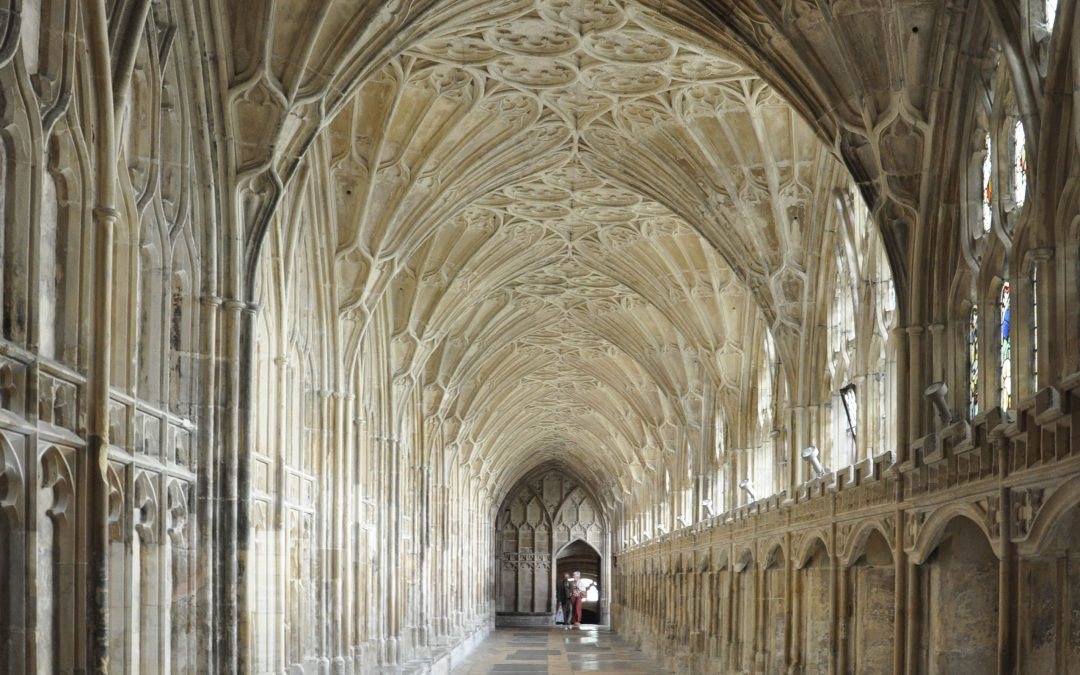
Gloucester Cathedral
When on holiday, some people do pub crawls. I tend more to Cathedral marathons, and Gloucester Cathedral is one of my all time favourites, largely due to the cloisters, the quadrangle of ancillary buildings to the Cathedral proper.
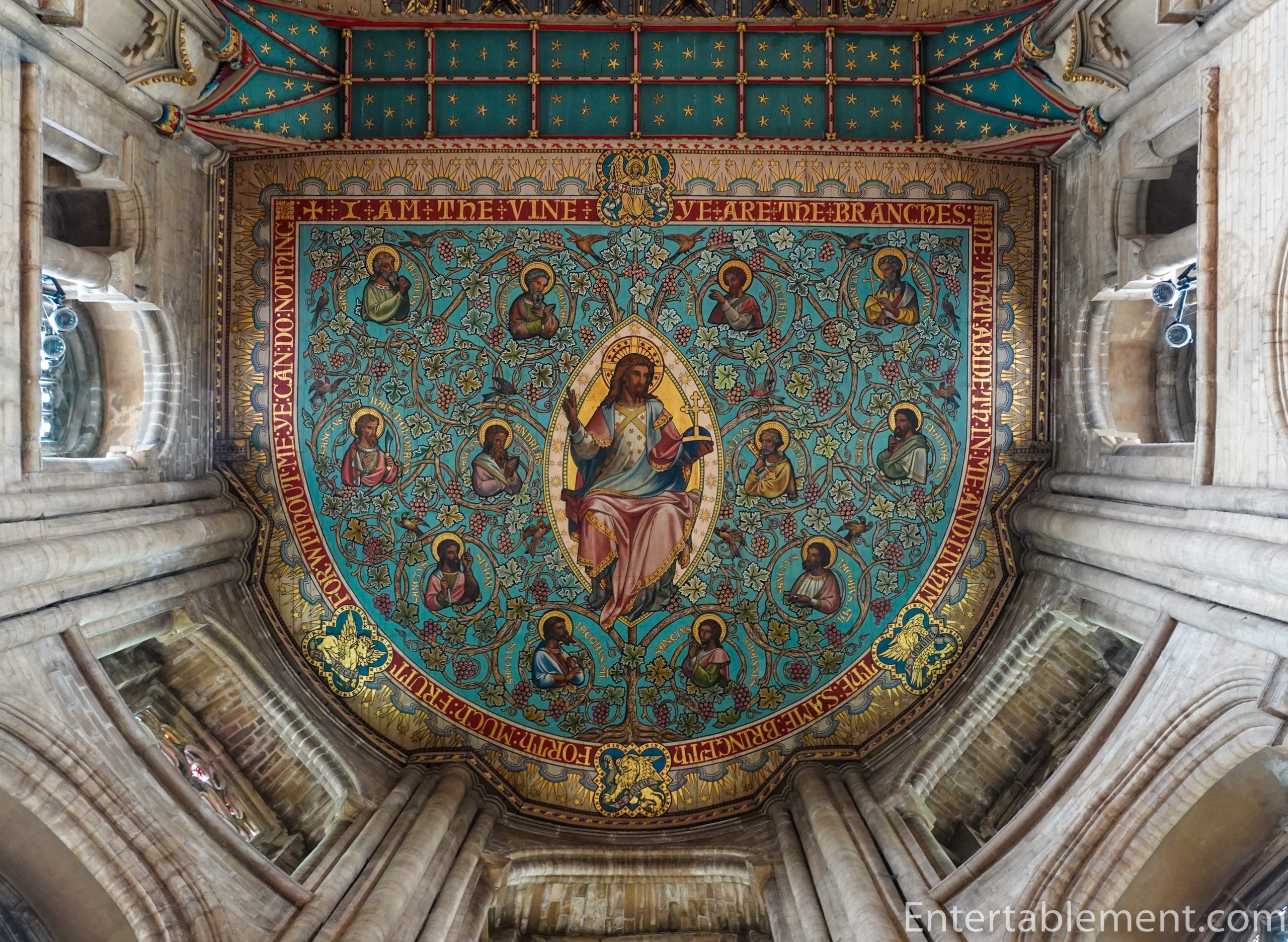
Peterborough Cathedral
The origins of the Cathedral Church of St Peter, St Paul and St Andrew hark back to 655 AD when the site was one of the earliest monastic settlements in central England. All went on swimmingly until 854 when the Viking “Great Heathen Army” led by “Ivar the Boneless” laid waste to East Anglia.
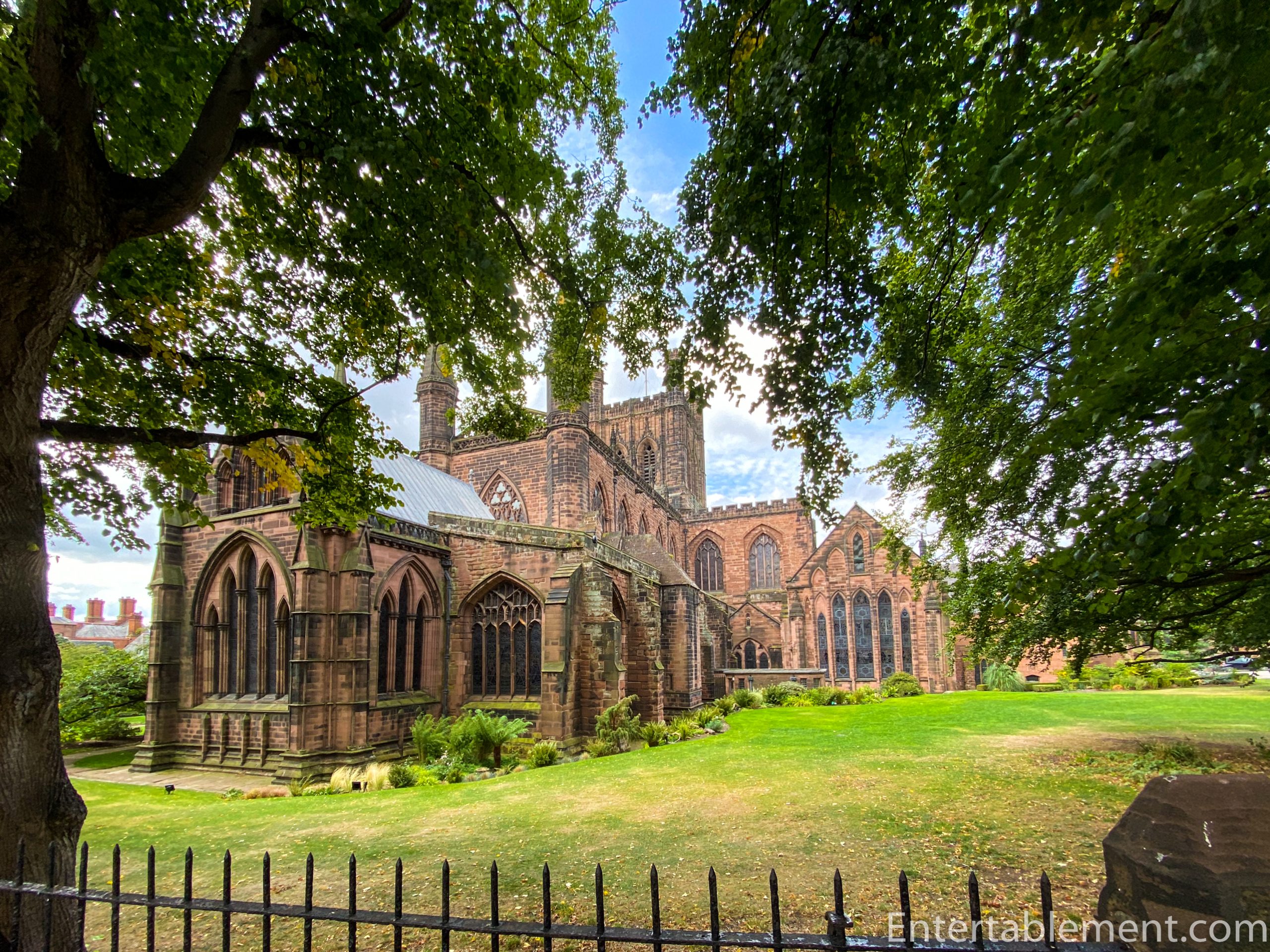
Chester Cathedral
A former Benedictine Abbey set in a walled Norman city, Chester Cathedral, has the works. Its architecture comprises 11th-century Norman to 18th-century Gothic revival and every style in between

Bristol Cathedral
Most medieval cathedrals grow younger from west to east. The western portion, almost invariably the nave, was built first. Fancy add-ons—choirs, presbyteries and lady chapels—were tacked onto the east as energy, war-free interludes, and funds permitted.

Christ Church Cathedral, Oxford
At one time it was the smallest of the English Cathedrals, but during the 20th century, new cathedrals were created in Derby, Chelmsford, Birmingham and Leicester, in response to the tremendous expansion in population from the Industrial Revolution, which was centred in the new Victorian Industrial towns.

Ripon Cathedral
For all its storied history, as cathedrals go, Ripon Cathedral is surprisingly modest and unassuming.
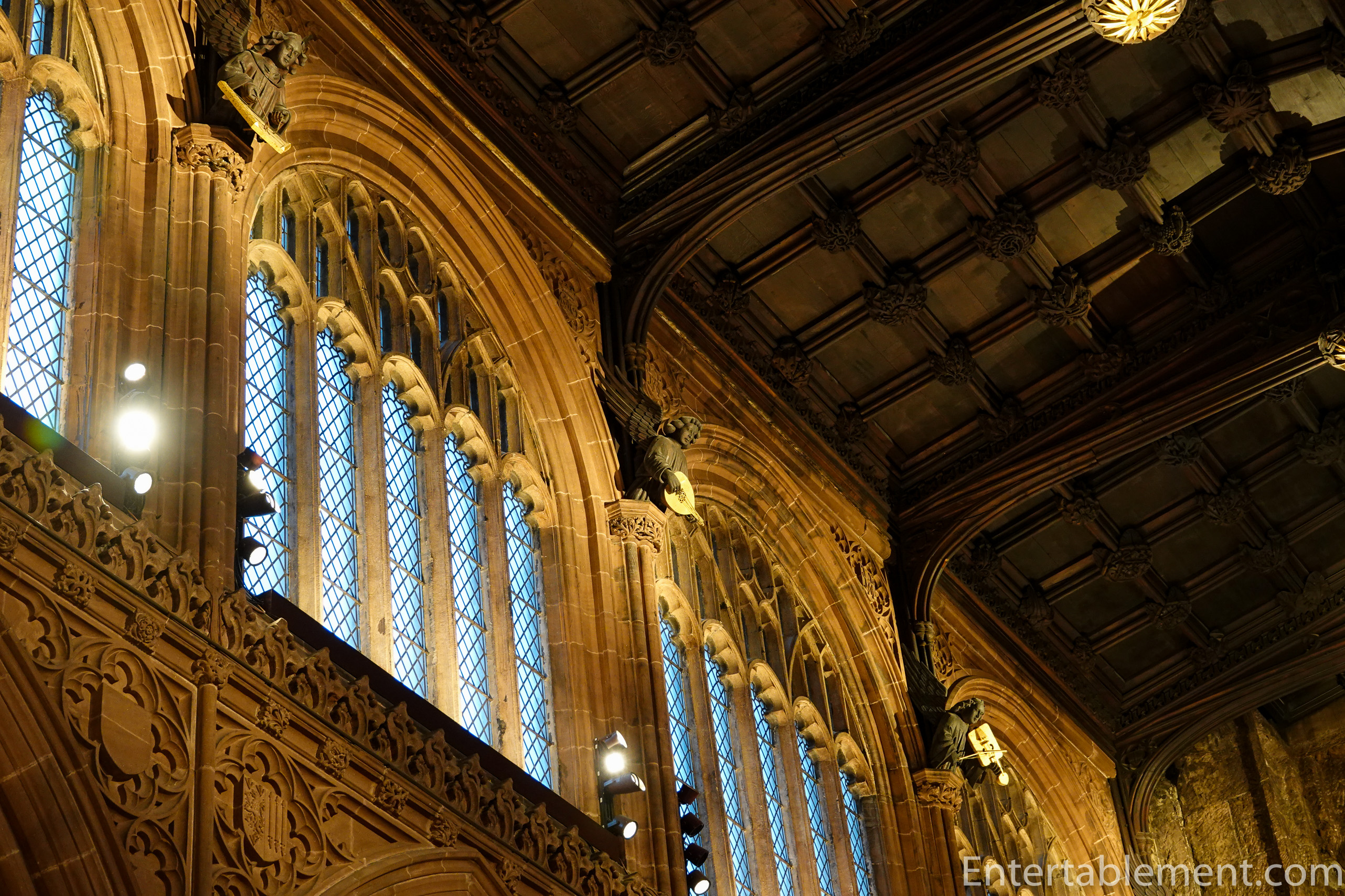
Manchester Cathedral
Manchester Cathedral, or the Cathedral and Collegiate Church of St Mary, St Denys and St George as it’s more formally known (because you need three saints to round things out), was on the agenda for our trip this last December.

St. Albans Cathedral
St Albans is the red-headed stepchild of cathedrals, poor thing. Conceivably the oldest known site of Christian worship in England, and at 85 metres, the longest nave of any of the cathedrals, it’s a crazy quilt of design.
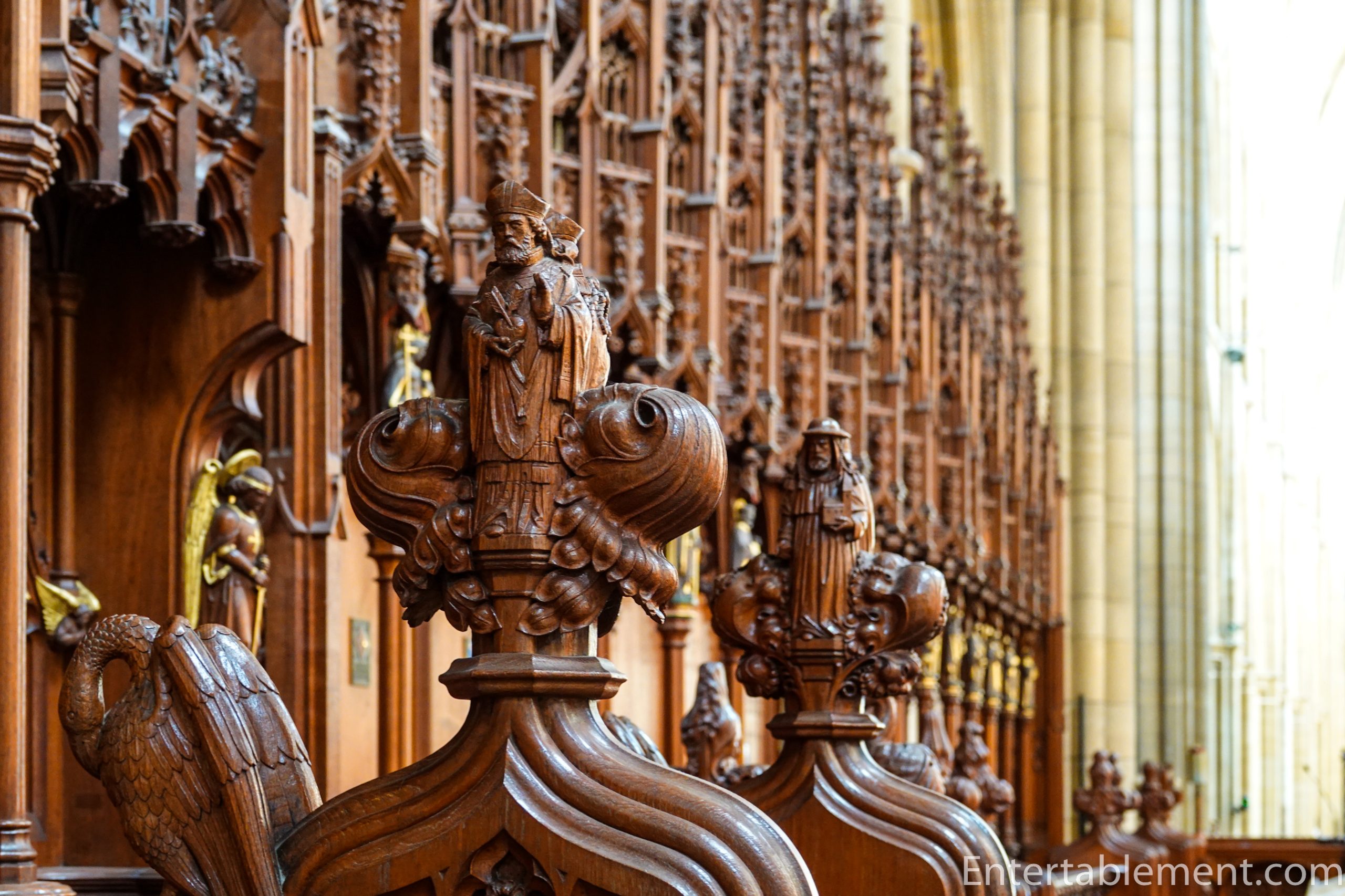
Truro Cathedral
The Diocese of Truro was one of the Victorian creations, established in December 1876 when the See of Exeter was divided into two.

Liverpool Cathedral
It’s big. Enormous. I’d even go so far as to say it’s monstrous, as in “an imaginary creature that is typically large, ugly and frightening” monstrous. Except it’s not imaginary. It’s all too real.

Newcastle Cathedral
Newcastle Cathedral is the seat of the northernmost diocese of the Church of England, reaching all the way up to Berwick (pronounced “Berrik”)-upon-Tweed in Northumberland.
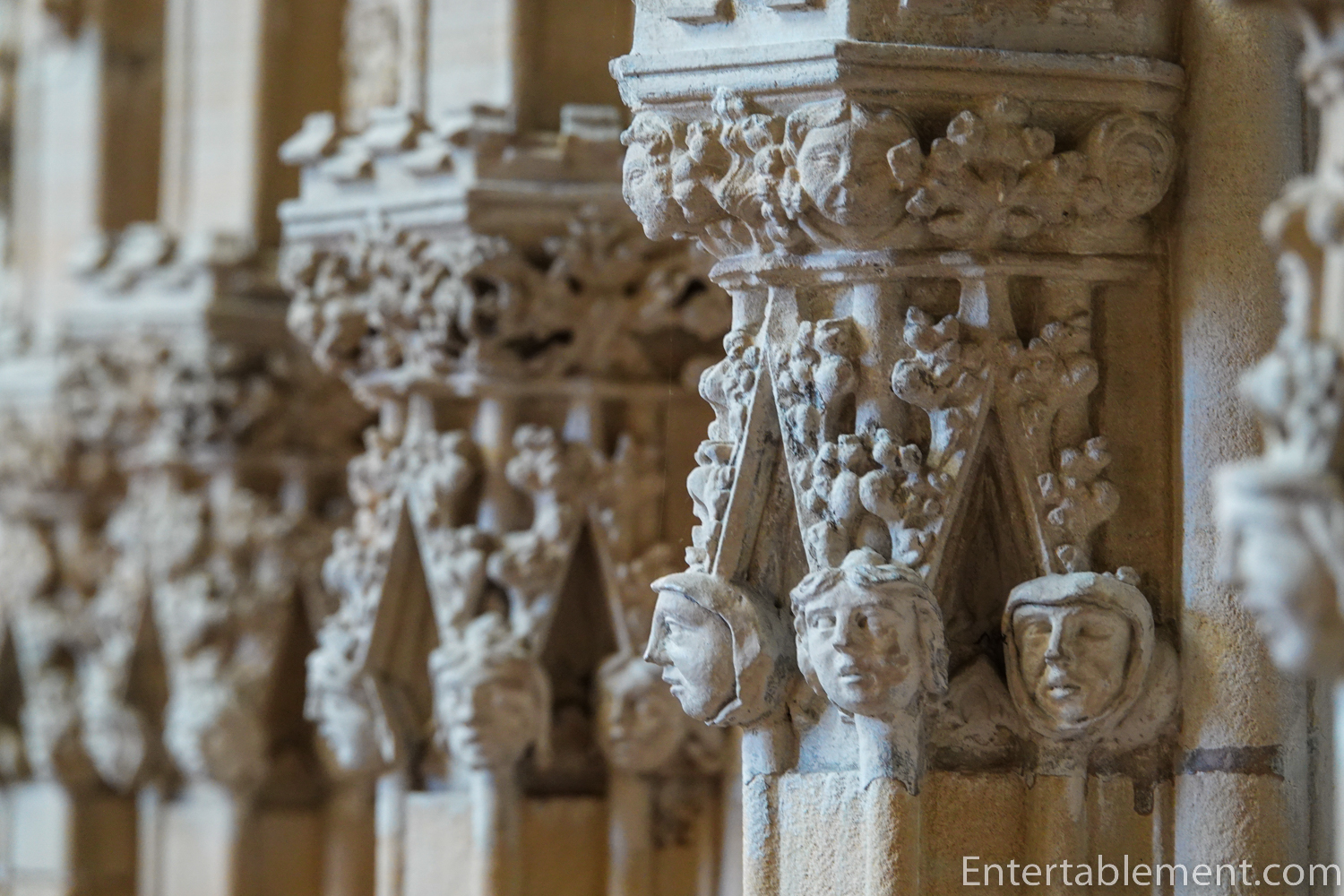
Southwell Minster
Southwell Minster is renowned for its exquisite medieval carved stonework, second to none in any English Cathedral. The deeply undercut foliage, often with glimpses of wildlife and green men beneath, is truly spectacular.

Wakefield Cathedral
It was a real pleasure to visit Wakefield’s Cathedral, though I wish I could have seen it before it was surrounded by post-war construction.
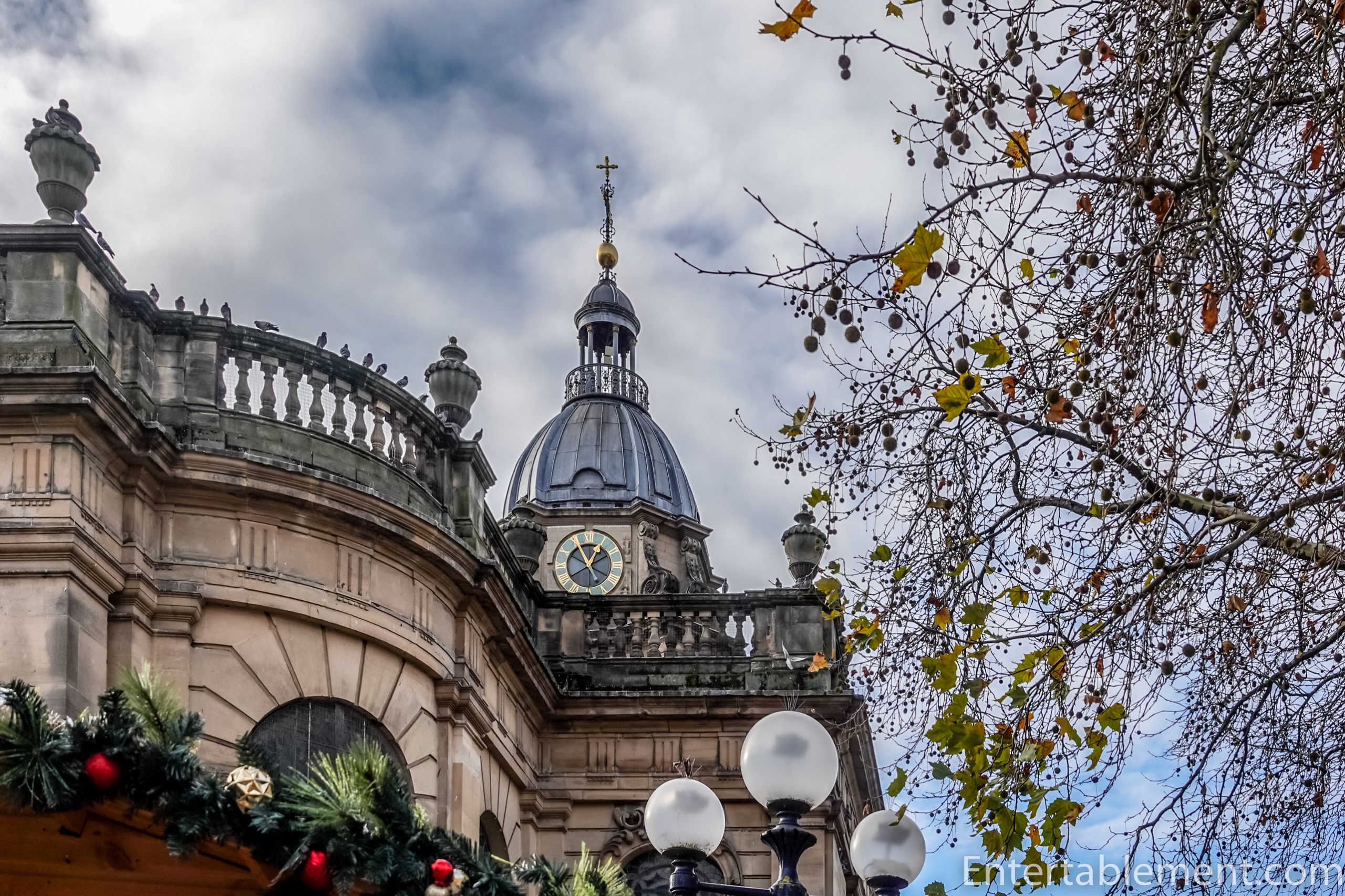
Birmingham Cathedral
Unabashedly Baroque, the Cathedral Church of St. Philip was initially a parish church, joining the Cathedral ranks only in 1905, and is one of the smallest of their number
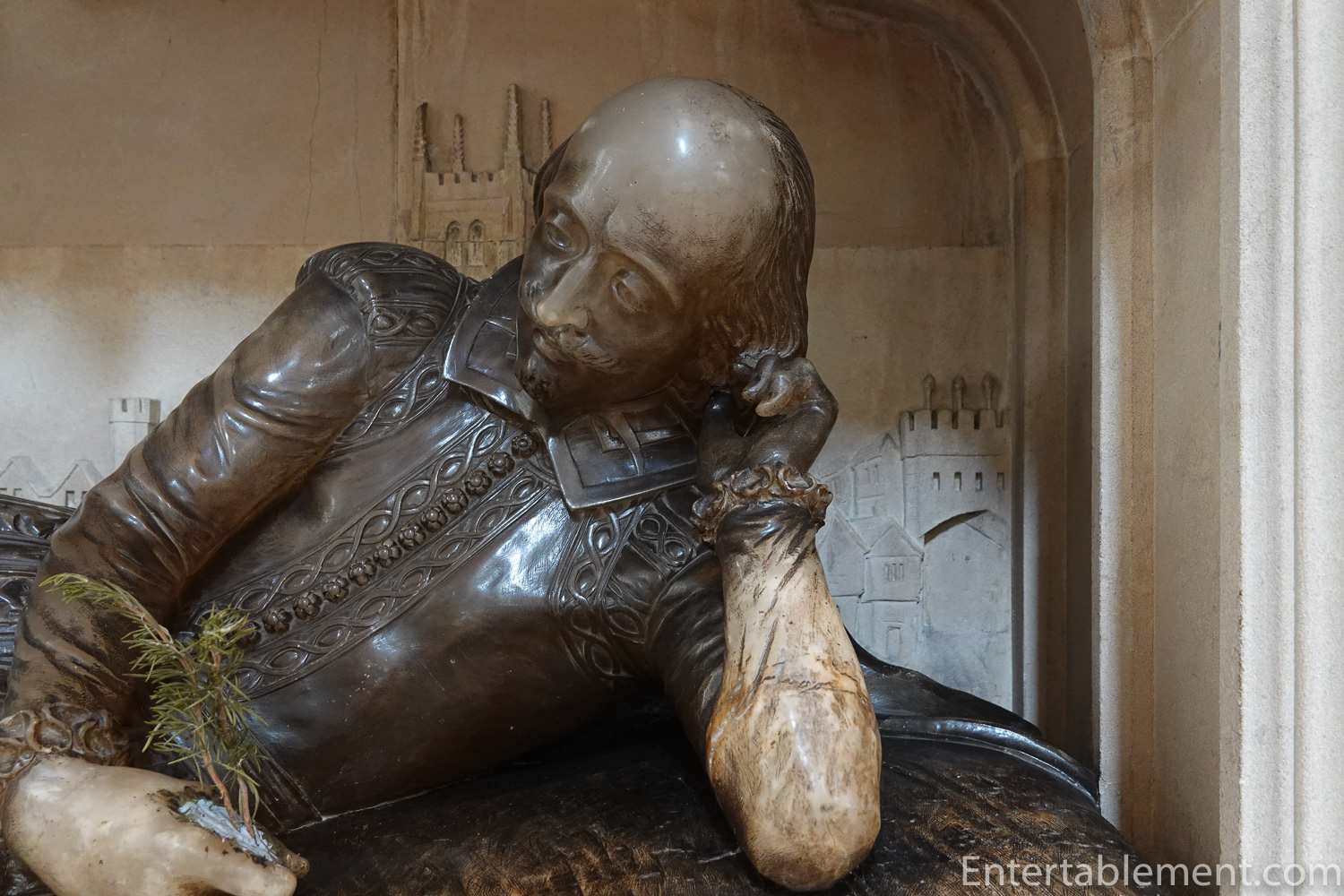
Southwark Cathedral
With its southeast corner a mere 18 metres from the main railway viaduct connecting London Bridge station to Blackfriars, Cannon Street and Charing Cross stations, one has to concede that Southwark Cathedral is smack dab in the middle of the bustling activity that comprises London’s South Bank.

Bury St. Edmunds Cathedral
Bury St Edmunds is a gorgeous little market town in Suffolk, East Anglia with a very colourful history.
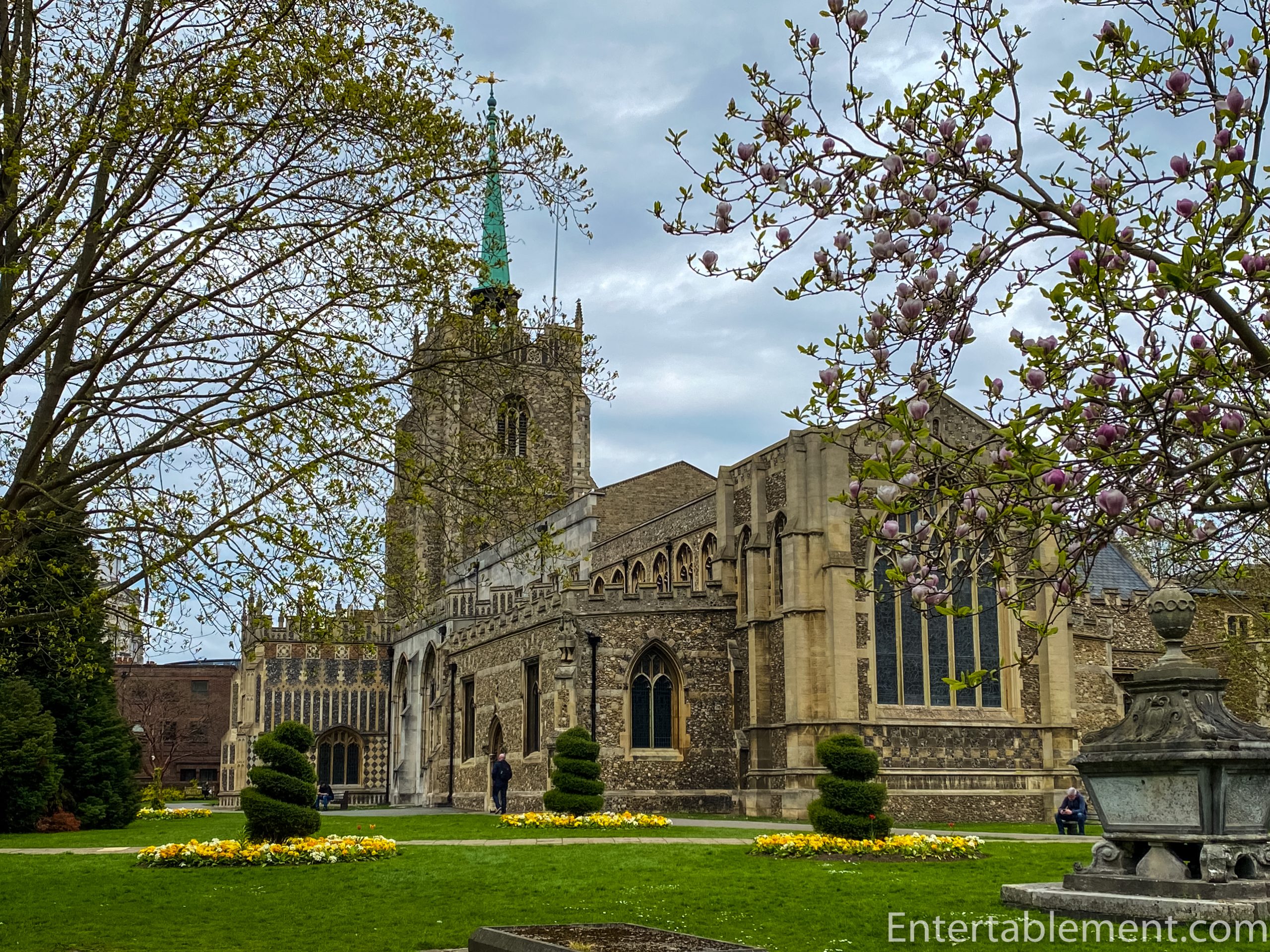
Chelmsford Cathedral
The Church of St. Mary the Virgin became Chelmsford Cathedral following a cranky contest in 1913 to choose a suitable site for the new Cathedral to serve East London. Unfortunately, funds proved short, so plans for a new building were quickly abandoned

Sheffield Cathedral
Sheffield is one weird cathedral. It started, like many others, as a parish church. A nice, ordinary roots-in-the-12th-century church, begun when the City of Sheffield was established by William de Lovetot (yes, seriously).
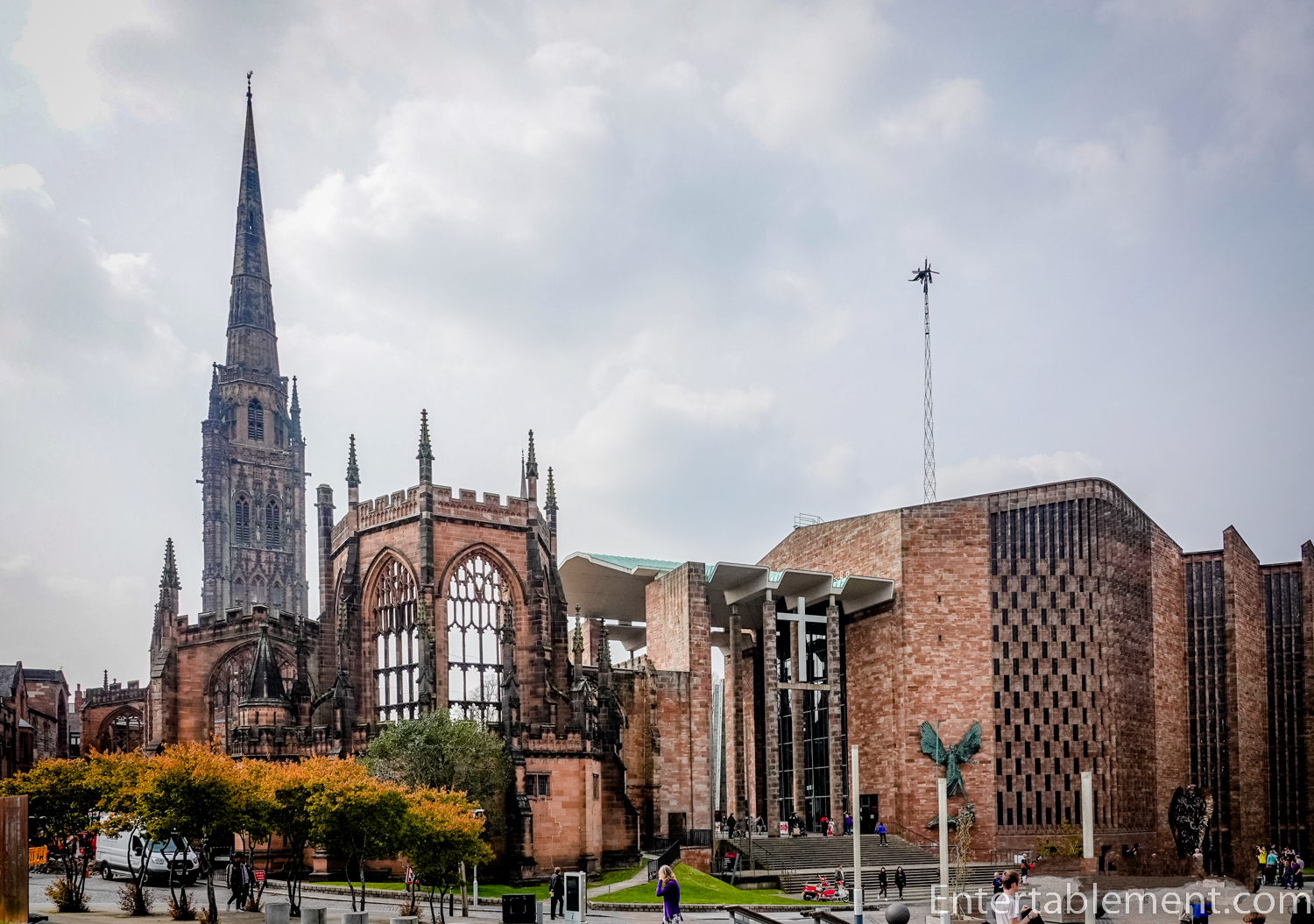
Coventry Cathedral
When the war ended in 1945, more than 2 million homes in the UK had been destroyed or badly damaged, leaving millions of people homeless. Transport, infrastructure and industry had all sustained massive damage. Food was in short supply, and rationing continued into the mid-1950s. Britain made its final payment to the US Treasury on its debt of $4.34 billion in December 2006.
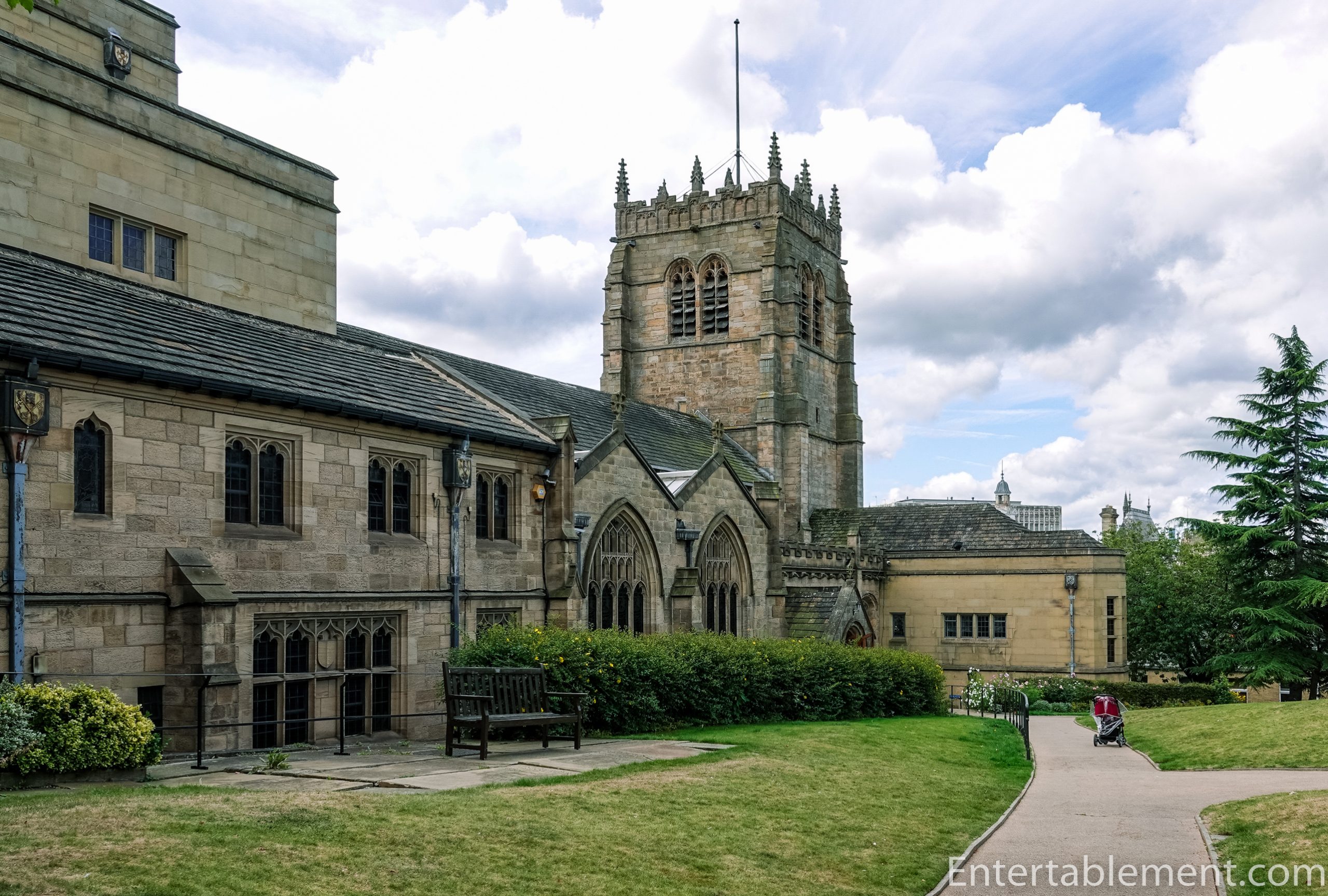
Bradford Cathedral
Bradford is one of three Cathedrals in the Diocese of Leeds, the others being Ripon and Wakefield. The present church, the third on the site, was built in the 15th century and incorporated elements from the previous building
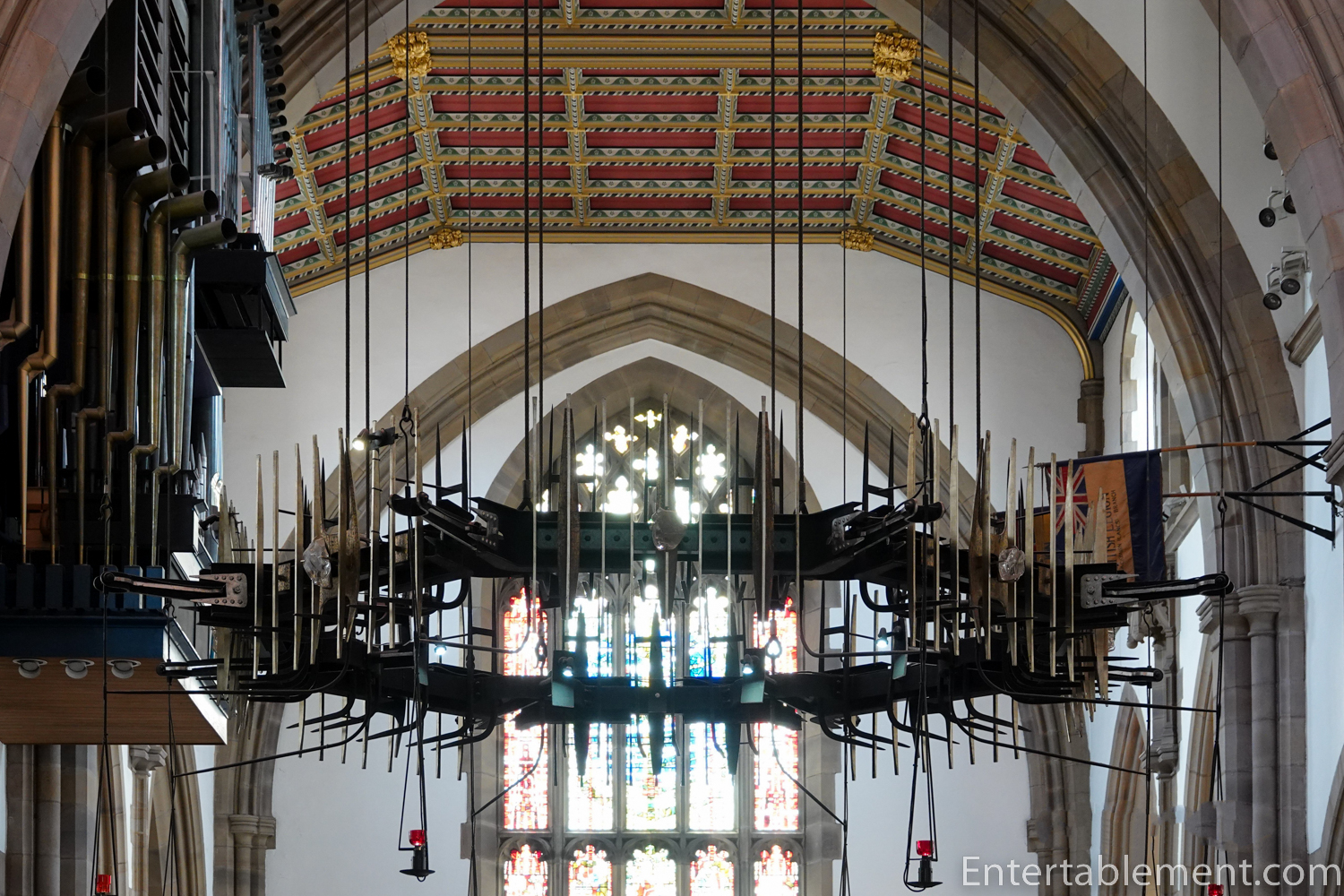
Blackburn Cathedral
The Diocese of Blackburn was carved out of the Diocese of Manchester in 1926, and the parish church of St Mary the Virgin became Blackburn Cathedral.
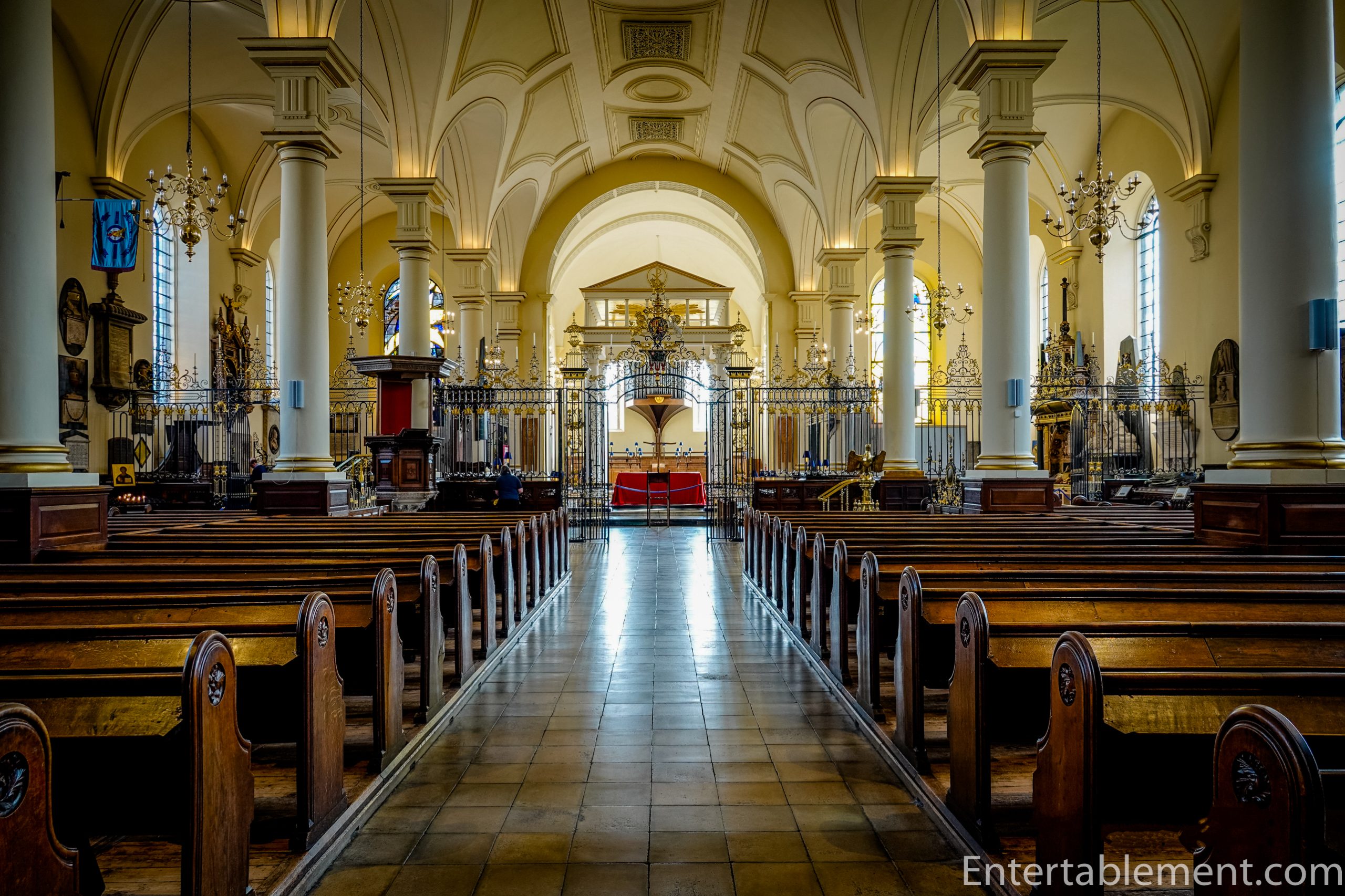
Derby Cathedral
Derby is a reasonably recent inductee into the Cathedral ranks—1927, to be precise. That’s when the parish church of All Saints became Derby Cathedral.
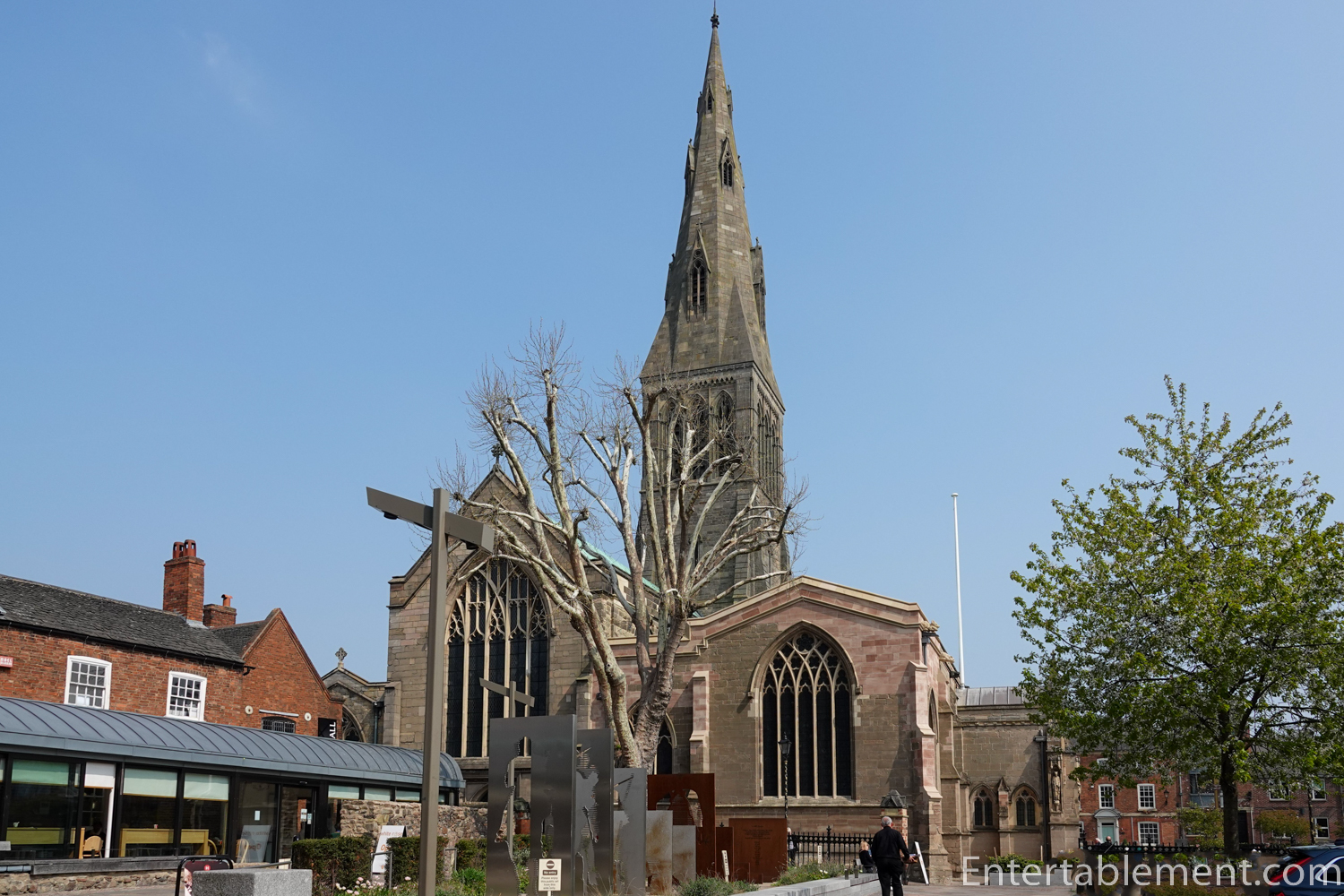
Leicester Cathedral
The venerable Church of St Martin, Leicester, was late to the Cathedral party, being elevated to Cathedral status only in 1922. Built on the site of Roman ruins, it is very likely one of the six churches referred to in the Domesday book of 1086.

Portsmouth Cathedral
Petite Portsmouth is one of the later recruits to the fold of English Anglican Cathedrals. Cobbled together over the centuries, we have a building that grew from east to west, in the reverse direction to the construction of most of its brethren.

Guildford Cathedral
Guildford Cathedral is the last of the Church of England Cathedrals to be built on a new site and one of only three built in the twentieth century—the other two are Coventry and Liverpool. Fearing the worst, particularly in light of my distaste for Coventry, I was pleasantly surprised by the austere but airy interior; as the kids would say today, “It isn’t terrible.”

